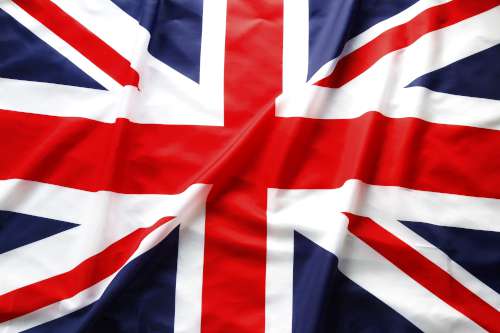
Celebrating Heritage British Food & Cooking
Grandads Cookbook is a collection of recipes from various sources reproduced here for convenience. Recipes are accredited to their original author where known and links are provided to any online source materials.
Fish and chips are the iconic British takeaway food and have been for as long as I can remember.
Fish and Chip Shops
You can find at least one, probably more, fish and chip shops (“the chippy”) on every British high street and a trip to the seaside would not be complete without a visit to one on the shopping parade on the seafront.

Tender white fish, wrapped in a beer batter coating, crisped to perfection. Pale golden chips, only single cooked, but tender, moist and with a slightly fishy flavour because it is all cooked in the same deep fryer.

Fish and chips are embedded in the British psyche, so much so that we have jokes about it.
As the old joke goes, “Q. What does a nuclear scientist have for dinner? A. Fission chips!”

We have awards for the best chippy, last held in 2020 because of the Covid-19 pandemic and even a national fish and chips day. For 2022 this is Friday 27th May.

History
Fish and chips first appeared in the UK in the 1860s. Who by and where is still hotly debated. I found a really good history which you can read here.
Which Fish?
Sounds very straightforward, doesn’t it? Go to the chippy, order a piece of deep-fried fish in batter and serve it with some chips. Well no. You now have to make several important choices.
Firstly, which fish shall we choose?

Before fish stocks were depleted, the majority of Brits would choose Cod. It was cheap and tasty with a mild flavour and white flaky flesh. Other fish like plaice or haddock would be on the menu along with rock salmon, my favourite. A clever bit of marketing, this is not salmon at all, but a member of the shark family called Huss with an off-white flesh and a much stronger flavour.
Scampi (peeled langoustine tails), fish roe and fish cakes used to be widely sold but not so much in recent years.


With cod stocks under threat, white fish alternatives like haddock, pollock and coley which were previously used to make processed fish products like fish fingers are much more common nowadays.
Alternatives
Every chippie I have ever visited has alternatives to fish on offer. The standard offerings are battered sausages, saveloys and pies.
Paper, Polystyrene or a Box?
Top-quality chippies will serve their food up in a recyclable cardboard box whereas cheaper ones will use polystyrene containers.
For an authentic experience though, watch as a chippy takes a few sheets of paper, forms them into a cone, fills it with chips and plonks a piece of fish on top!

Back in the 1960s and 1970s, they used the previous day’s newspapers. Soggy newsprint makes the ink run so the odd chip or two with a headline embossed was pretty common. Modern hygiene rules stopped that practice, but it did keep the chips warm for a long time.
Something On the Side?
In my opinion, no self-respecting portion of fish and chips is complete without one or more pickled gherkins and a cup of curry sauce to pour over the chips.

The gherkins can be found on top of the serving counter in large pickling jars along with their counterparts, pickled onions, yum, and pickled eggs, yuck.

Chip shop curry sauce is a very mild Chinese style yellow sauce recipe poached from their takeaway food dishes which really complements the salted chips.

Our neighbours in the North of England, (I’m in London), like a portion of mushy peas with theirs, mega-yuck.
For those with a big appetite, ask for a bread roll on the side to make a chip buttie.

Salt and/or Vinegar?
Before wrapping the fish and chips, you will be asked if you want salt and/or vinegar? A sprinkling of salt and a liberal lashing of malt (brown) or onion (white, from the pickle jars) vinegar completes the serving.

Fingers or Fork?
Takeaway fish and chips when eaten outdoors, preferably with a view of the sea, is traditionally eaten using your fingers.


For those without insulated fingertips a disposable fork, usually wooden is normally provided.
A Word of Caution
Eating your fish and chips outdoors on the seafront is not without risk. Seagulls have become quite skilful at dive-bombing unsuspecting people with the aim of making them drop their food onto the floor.
Herring gulls are big birds with a large beak and make short work of their free meal.
If in doubt, eat in on a china plate with proper cutlery. It’s safer and cheaper than paying twice.
Make Your Own
If you would like to create this British classic for yourself then try this recipe.


